When you look up resources on farming, you might start to notice a trend. Most of modern agriculture is centered on growing a single, low-value crop on a piece of land that’s hundreds of acres in size.
To compete with these kinds of farmers, you would need a huge piece of land and all sorts of large machinery (or lots of seasonal workers).
But there is another way. Whether you’re looking to start running a small farm as a business, or just to grow fresh and healthy food for your family, there are strategies to make it happen.
In this article we’ll explain how to start a small farm for profit. We’ll also take a look at how to start a small farm with no money.
What Qualifies as a Small Farm?
What is considered a small farm can vary widely from one person to another. Your location may also play a factor.
Even within the same government organization, there may be discrepancies about what is considered a small farm.
The US Department of Agriculture (USDA) defines a small farm as one with gross cash farm income under $250,000. (Approximately £180,000.)
A hobby farm or a smallholding is generally thought to be a plot of land that’s less than 10 acres in size. It should be a piece of land that’s manageable for one person or a single family to maintain.
However, those 10 acres only include the workable area of the farm. There may also be additional parts of the farm that are covered with forests or ponds.
For someone who isn’t farming as their full-time source of income, even one to three acres may be plenty of growing space for one person to maintain.
This is particularly true if they do most of the work by hand and aren’t using large mechanized equipment like tractors and combine harvesters.
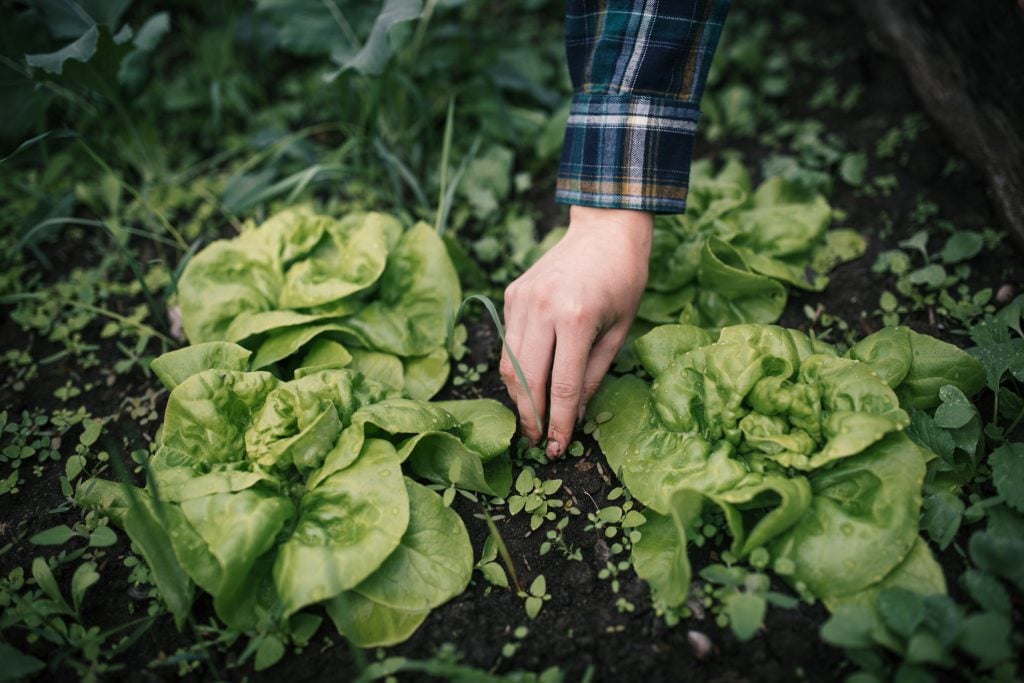
How Much Does It Cost To Start a Small Farm?
The biggest cost associated with starting a starting a farm is the land.
If you’re looking to buy some agricultural land, you’ll find that prices differ dramatically depending on where you look.
In the state of Wyoming, the average value for an acre of land is $1,558 (£1,100). Meanwhile in California, it would cost you $39,092 (£28,000) per acre.
In the UK, an acre of bare agricultural land costs around £7,000 ($9,700) on average.
If you’re looking to lease the land that you’re growing on instead of owning it, expect to pay about 5 – 10% of the land value per year.
Aside from the land cost, there are lots of other miscellaneous costs to consider.
Seeds are a relatively small cost, but you’ll still need to spend at least a few hundred dollars per year on them. (Unless you’re planning to save all of your own seed from one year to the next.)
In your first year, you may need to bring in at least a few hundred dollars worth of compost and other soil amendments to guarantee that your plants will grow big and healthy.
To make your work less manual and labor-intensive, you’ll probably want at least a few thousand dollars to invest in small equipment like a rototiller and a seeder.
Lastly, you’ll also need a space to clean and process your crops. You will want a walk-in cooler to keep your crops refrigerated as well. A DIY walk-in cooler can be created for a few thousand dollars.
If you’re selling your produce commercially, you may also need to pay for packaging.
So altogether, it will likely cost you at least $30,000 (£21,500) to start a small farm on a few acres. That’s not considering somewhere for you and your family to live either. If there’s a move-in ready farmhouse on the land, expect to spend at least another $100,000 (£70,000.)
How Can I Start A Small Farm at Home?
If those prices are crushing your dreams of ever owning a farm, don’t fret! We have some other creative ideas for how to start a small farm with no money at all.
Short on cash? Read our article How To Start Homesteading With No Money: 20 Ideas.
You can get started on a small farm even while you live in the city. Strictly speaking, having a large vegetable garden isn’t a farm. However many of the benefits to having a small farm scale down to a backyard operation.
Growing on a small scale at home is particularly good if you aren’t planning to grow commercially. On just 100 square feet (about nine square meters) you can grow a substantial amount of produce for you and your family.
Using your small at-home farm operation to slash your grocery bills and keep more money in your pocket is just as good as selling your produce for money.
By no means are we saying that a small farm at home can’t also be profitable though. Urban farmer Curtis Stone is one of the best examples of what is possible on a small farm.
On just a quarter acre, Curtis is able to generate $100,000 (£70,000) per year by growing high value crops and rotating garden beds in quick succession.
He leases backyards from neighbors in his area to use for his farming. Instead of cash, many people are willing to let you farm in their backyard in exchange for fresh vegetables, maintaining their yard and paying for their water bill.
So if you establish the right connections, it can cost you next to nothing to get started with backyard or urban farming.
For a look at Curtis Stone’s operation, check out this Youtube video. Or read his book for a more detailed guide.
As further education resources for larger operations, you might want to look at Starting & Running Your Own Small Farm Business by Sara Beth Aubrey or The Market Gardener by Jean-Martin Fortier as well.

Pros and Cons of Starting a Small Farm (General Considerations)
Small-scale farming has both advantages over conventional farming as well as some drawbacks that you should be aware of. Here are some of our top arguments for and against small farms and some general things to consider.
Pros
- More sustainable. Farming on a small scale is more sustainable than growing on a large scale. Proportionally, less chemicals and inputs are needed when growing on a small scale. Smaller farms also tend to create less soil erosion and other environmentally-damaging side effects. Crops can be rotated according to natural nutrient cycles. Or better yet, permaculture systems can be put in place.
- More diverse. A small-scale farm can diversify and grow a wide variety of different crops. In a small space you might grow tomatoes, lettuce, herbs and many other kinds of produce. A more diverse group of plants attracts a wider range of beneficial insects and wildlife. It can also help to cut down on pest pressure. Contrast this with large-scale farms that may only grow a single crop like corn or soybean across hundreds of acres.
- Supports the local economy. In rural communities, many residents prefer to shop locally from nearby farms instead of taking a longer trip into town. Shipping costs are reduced. Money circulates through businesses and families in the immediate area instead of going to large corporations. Since small farms are able to sell directly to consumers, they can cut out wholesalers and distributors and offer lower prices to customers while actually making more money.
- Better for the environment. Building on the last point, selling produce from a small farm locally helps to cut down on shipping costs and means a smaller carbon footprint associated with each purchase.
- Fresher food. Much of our food nowadays is grown far away in other countries, or even on other continents. Items like tomatoes need to be picked while they’re still green so they stay fresh long enough to be purchased.
Local farms can sell produce to customers the same day that they harvest it, which results in an unbeatable taste and fresher ingredients.
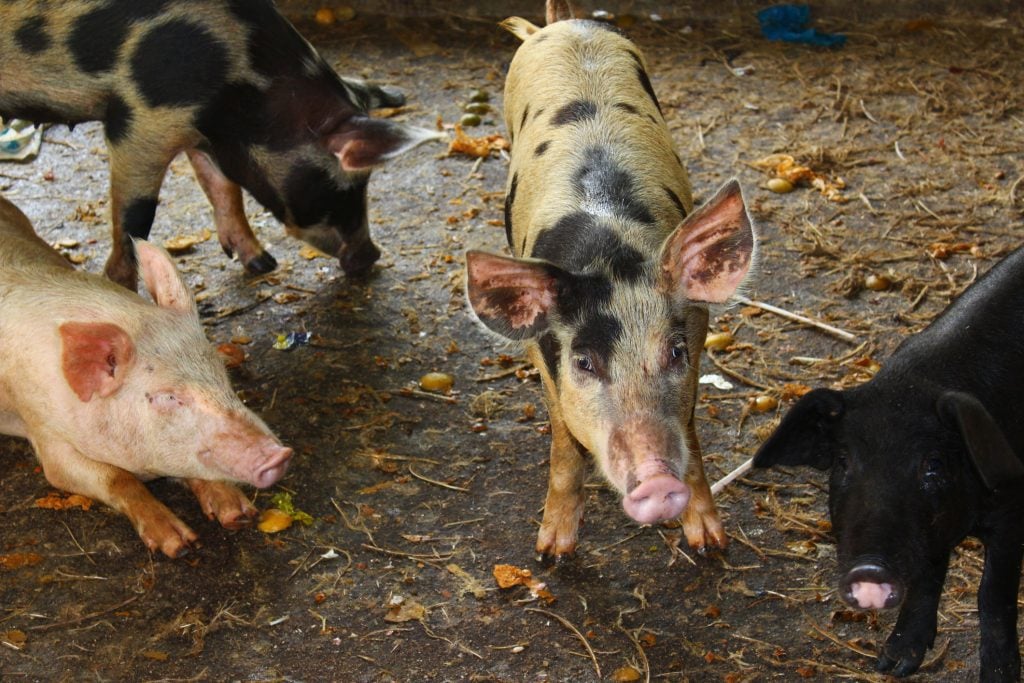
Cons
- More labor intensive. Small farms can’t afford expensive equipment to help plant and harvest their crops. Even if they could, big tractors and harvesters are difficult to maneuver on a small farm. As a result, more tasks are done by hand.
- May have lower yields. Many small-scale farmers tend to grow organic products. As a result of not using chemical fertilizers or pesticides, there is a higher risk of damaged or lost crops. Particularly in the first few years until a working system is developed.
- No crop insurance. Conventional farms will usually get crop insurance that provides coverage in case of natural disasters or other problems. On large farms this makes financial sense, but on small farms this type of coverage is likely too expensive. So small farmers often have to work without insurance and hope that a hail storm or drought doesn’t ruin all of their work.
- Risk of heavy metal exposure in the city. If you decide to create a small farm for yourself through urban farming, you need to be aware of the increased risk of lead and other contaminants when growing food in the city.
It’s not advised to grow vegetables next to busy roads or highways as the pollutants can get into the soil and the food that you grow. Even in less populated areas, we recommend testing your soil for contaminants if you’re going to be growing commercially within the city.
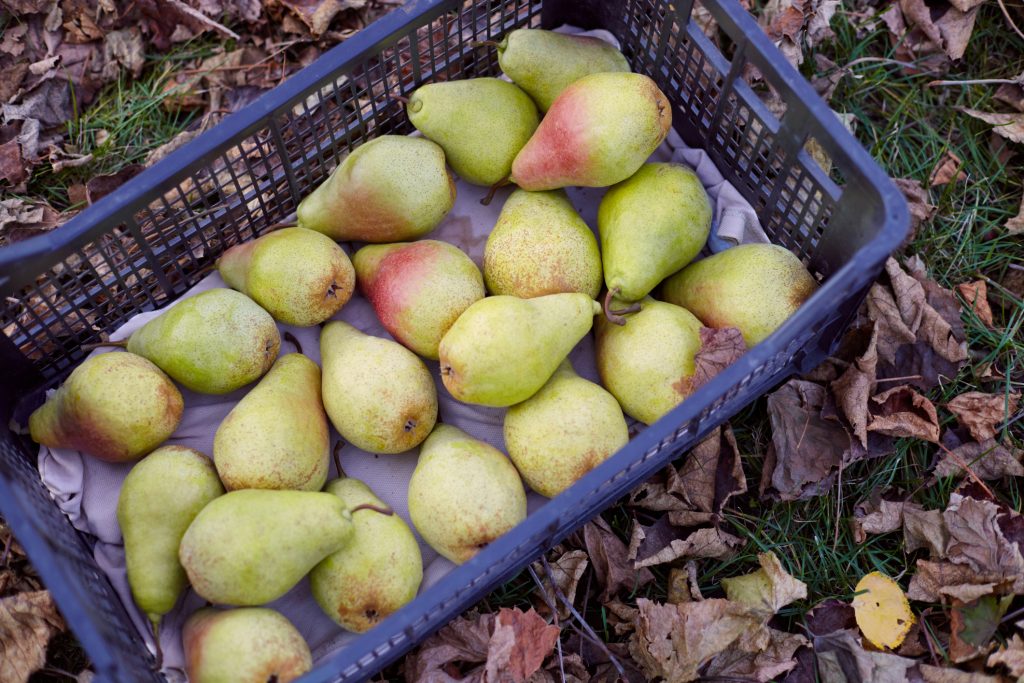
How to Start a Small Farm (Step by Step)
Starting a small farm can be a big undertaking. Following the right steps will help to set you up with the highest chance of success.
Step 1: Start Out Small
Would-be farmers might have some overly romanticized notions about what living and working on a small farm all day would be like.
In truth, a lot of the work is harder and more tedious than you might be expecting.
It’s best to start off small and add to your farm gradually. If you’ve never grown any vegetables before in your life, start by just growing a couple of tomato plants or a box of herbs before you consider starting a farm as your primary source of income or food.
Gradually expand over several years until you’re comfortable growing a fairly large amount of food.
It’s better to make mistakes and fail on a small scale. If you learn from your mistakes early on, you’re less likely to make catastrophic mistakes that result in widespread crop failure later.
Even once you get to your farm, avoid trying to do everything you want in the first year. It’s easy to get demoralized and give up if you bite off more than you can chew. In your first year, you might want to start with just a garden before planting rows and rows of crops.
If you’re considering adding animals to your farm, start off with just a couple of chickens or a single goat before you decide to bring an entire herd onto the farm. It’s much easier to learn the intricacies and quirks of one animal than a whole family of them.
Step 2: Get Real-World Experience
Reading books or taking courses are great ways to get information. But apprenticing with other farmers will teach you infinitely more. There’s something much more powerful about getting your hands dirty and having someone give you direct feedback.
You notice and learn things in the field that aren’t as obvious in a purely academic setting.
Find a good mentor and spend some time learning as much as you can from them. If you can’t find any paid farm jobs in your area, this might even mean volunteering your time for free so that you can learn.
While it might seem rough to put in all that time and effort with no immediate payoff, the knowledge you’ll take with you to your own farm will be invaluable.
Step 3: Decide If You’re Doing This To Earn Money or Not
Some small farm owners continue to work a full-time job off the farm. For them, it’s more of a hobby and they might not sell anything produced on their farm.
Other small farmers make the food that they produce their entire livelihood.
Early on, you might want to hedge your bets. If you currently have a full-time job, you might want to drop down to part-time hours but still keep a job of some sort. That way you can devote more time to farming, but your income isn’t completely dependent on the farm either.
You might want to wait until you see the profits from the first couple of years on your farm before deciding to go full-time with it.
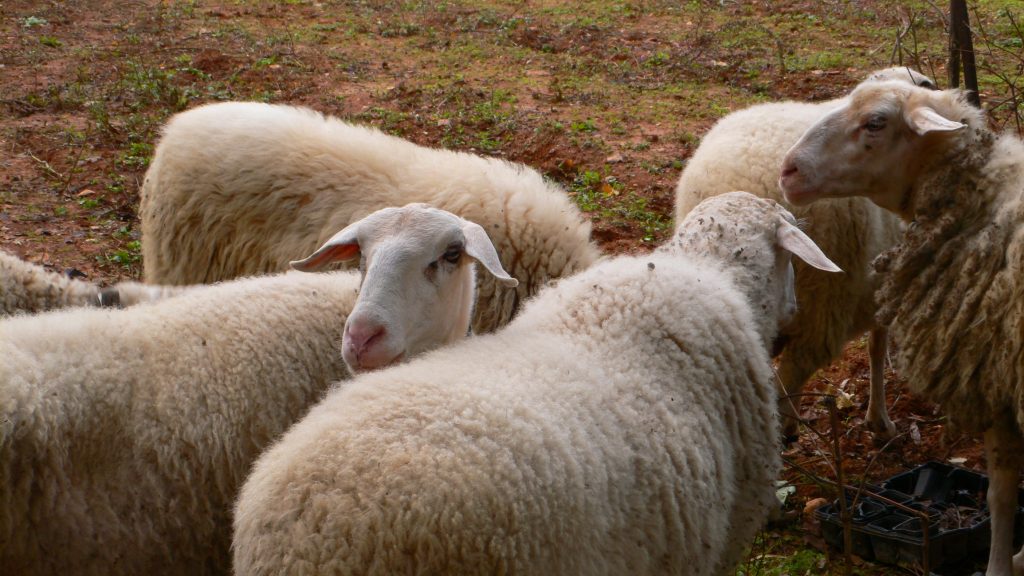
Step 4: Find Your Niche and Research It
If you’re just growing food for yourself and your family to eat, then not much research is needed. Figure out what fruits and vegetables you eat the most of. That’s what you should focus on growing. As long as it’s stuff that does well in your climate.
However if you’re growing produce to sell to the market, then more research is required.
There are a nearly limitless amount of different things that you can choose to produce on your farm. You will need to decide how many different goods your farm will produce and what those will be.
For example, at GroCycle we focus mainly on growing mushrooms and growing microgreens.
Even with a single crop or animal that you’re raising, there are multiple different income streams that you could potentially take advantage of.
If you’re getting into beekeeping, are you just going to sell the honey? Or are you also going to produce and sell your own beeswax candles?
If you’re raising sheep, will you just sell wool directly or are you planning to sell your own hand-knitted goods as well?
If you’re having trouble coming up with ideas, our article How to Make Money Homesteading: 48 Ways will help you brainstorm.
Once you’ve got a list of the things you’d like to produce on your farm, it’s time to do some research to see if it’s practical and if you can make a profit at it.
It might be your dream to grow and sell onions. But perhaps you should consider another dream if you see that all the other farmers and shops in your area are selling 10 lb (4.5 kg) bags of onions for only a couple of dollars!
A trip to the grocery store is a great place to start your research. Look to see which items sell for high prices and which seem like they’d be hard to make a profit at. Typically, things that store a long time like potatoes, beets, carrots and onions are hard to grow profitably.
Items with a short shelf life like salad mixes or fresh herbs demand the highest prices.
Aside from deciding what you want to sell and what your prices are, it’s just as important to make sure that you actually have customers. Are you planning to sell to restaurants and shops, or directly to consumers? How will people find out about the products that you offer?
If you live in the city, it’s fairly easy to get visibility. But if your small farm is miles away from civilization, it will be hard for people to discover that you exist.
Before you plant your first seed, you’ll want to get a good estimation of who your customers are and how much they’re going to buy. It’s also good to have a backup plan with what you’ll do with any extra products that you aren’t able to sell right away.
In many ways, the effort required to find your customers might be even more difficult than actually growing your produce. A small farm owner really needs to wear many hats. In addition to farming, they also need to be masters of marketing and business relations.
Even if you know exactly what you want to grow from the start, you still need to do proper research to make sure it’s a viable idea. Don’t skip the research phase!
Step 5: Get Your Land
After you know what you’re farming, it’s time to decide whether to buy or lease your land.
Many farmers have extra land that they aren’t using for farming that they might be willing to lease to you. This is a low-cost way to get your first small farm going.
You might even start off by growing in backyards. In that case, be sure to read our article Urban Farming Ultimate Guide and Examples.
Buying a small farm gives you total control over your operation, but also comes with a higher cost and additional risk.
There are many factors to consider before you either lease or purchase a piece of land.
You’ll need access to water no matter what you’re producing on your farm. So it’s critical to know in advance where your water will come from. If the land is connected to municipal water, there aren’t too many considerations aside from how much it will cost.
If you’ll rely on well water, you’ll want to know its age, depth and how much water you can get from it.
Of course soil is also a major consideration. Is the ground sandy or full of heavy clay? It’s best to do a soil test to get an idea of current soil conditions.
That way you can get a good idea about how much you’ll need to invest in fertilizer or other supplements to improve the health of your soil.
What kinds of structures already exist on the land? Are there processing facilities already in place that you can use to clean and package your produce? If you’re going to be raising animals, are there barns or chicken coops already on the land?
Lastly, you’ll want to consider how far your land is from where you’ll be selling your goods. Getting a bargain on a piece of land is one thing, but it might not be worth it if you’re driving hours into town to sell your produce.
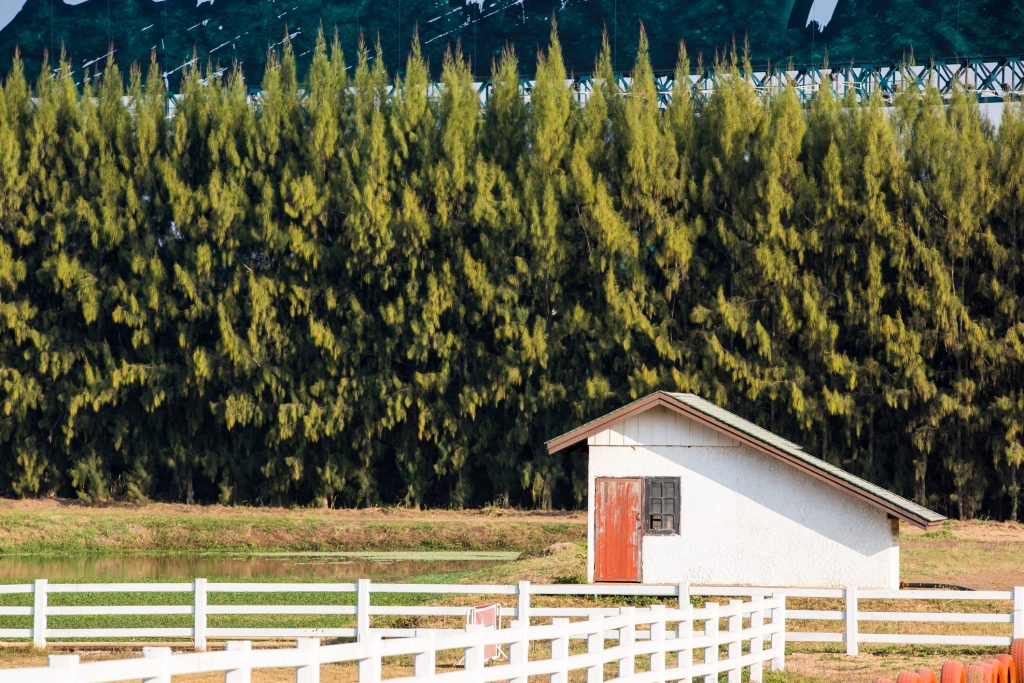
Step 6: Get Financing
Unless you’ve recently come into a big windfall of money, chances are that you aren’t going to pay for your small farm with cash. So you’ll need some way of getting the money to buy your dream farm.
You might turn to family and friends and get them to invest in your small farm. You can promise them a certain percentage return each year in addition to repaying their initial investment. Or you may look for a more formal mortgage from your bank.
You won’t just want to get a loan for the land, but for everything else that will go along with it as well. A good estimate will be needed of how much additional money you’ll need for equipment, renovations and improvements and anything else necessary to get your farm in working order.
The cost of seeds, fuel and other little things will all add up. Especially if you aren’t earning any money for several months while your first crops grow.
Step 7: Grow and Sell Your Farm Products
Once you’ve got your farm, all that’s left is to start growing and selling your products.
If you did your market research in previous steps, this should be fairly straightforward. You should already know if you’re going to sell to stores, restaurants, set up a produce stand on your farm, attend farmer’s markets, or offer CSA (Community Supported Agriculture) boxes directly to customers.
To find some high-value products that you can sell on your farm, read our article Top 13 Most Profitable Crops To Grow and see if any of them could work for you.
If your small farm is non-commercial, you won’t need to worry about selling your products. However, you’ll need some way to preserve your food. You won’t be able to use up 200 pounds of tomatoes that all become ripe at once.
That’s where you’ll need to learn techniques like canning, pickling, vacuum packing and drying to make your harvest last all year long.

Next Steps To Take
After some time on your small farm, you’ll undoubtedly run into some unplanned difficulties. A big part of being a successful farmer is being able to think on your feet and problem solve.
For your first couple of years on the farm, you should focus on working out any kinks in the process. You want to make your growing season into a system that’s reproducible as much as possible. It’s also worth looking at ways that you could potentially make your system more efficient.
Once you have a good system in place and a steady yield, you may want to start expanding. You can continue to focus on one product and just expand production. Or you may want to branch out into new potential markets.
Just like when you’re first farming, we recommend adding slowly and focusing on becoming an expert at one or two things at a time.
Final Thoughts
You can start a small farm even if you don’t have much money or land of your own to begin with.
Although most hobby farms are one to ten acres in size, it’s possible to begin urban farming within the city on as little as a quarter acre.
Before you start, you need to know the pros and cons of starting a small farm that we have discussed above. You will also need to get lots of real-world experience and do plenty of market research to ensure that you’re growing a product that will actually sell in your area.
Of course you can also have a non-commercial small farm where you don’t sell the goods that you produce and keep them for your family instead.
The great thing about starting a small farm is that it’s flexible and can fit all kinds of lifestyles. You can even continue to work a full-time job and only look after your small farm as a hobby. If you’re inspired and ready to jump in, check out 21 of the Best Small Scale Farming Ideas.
